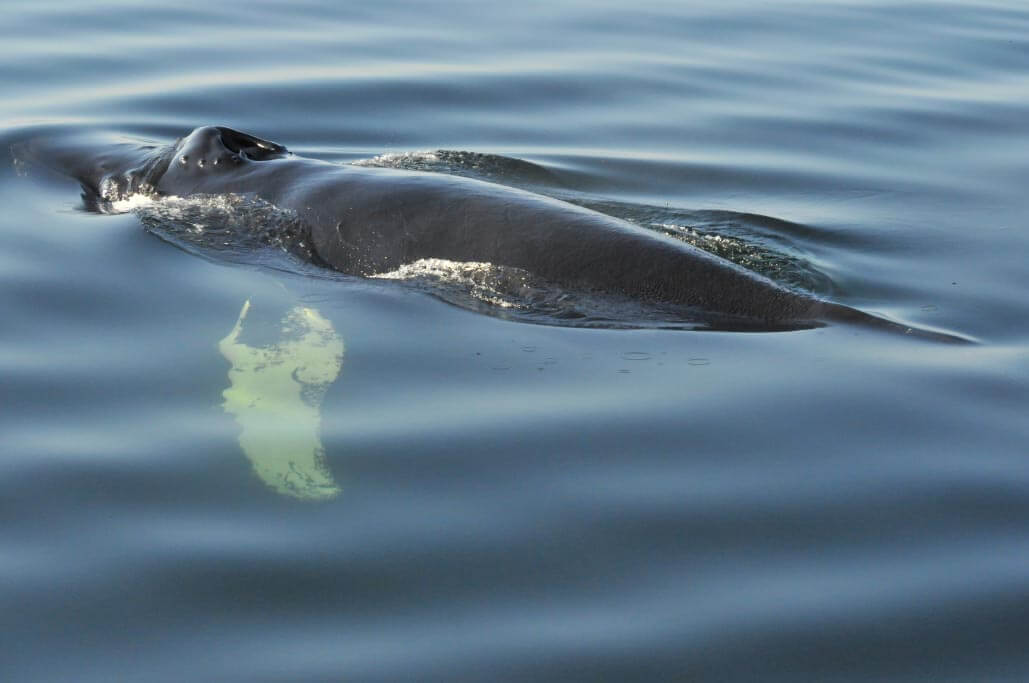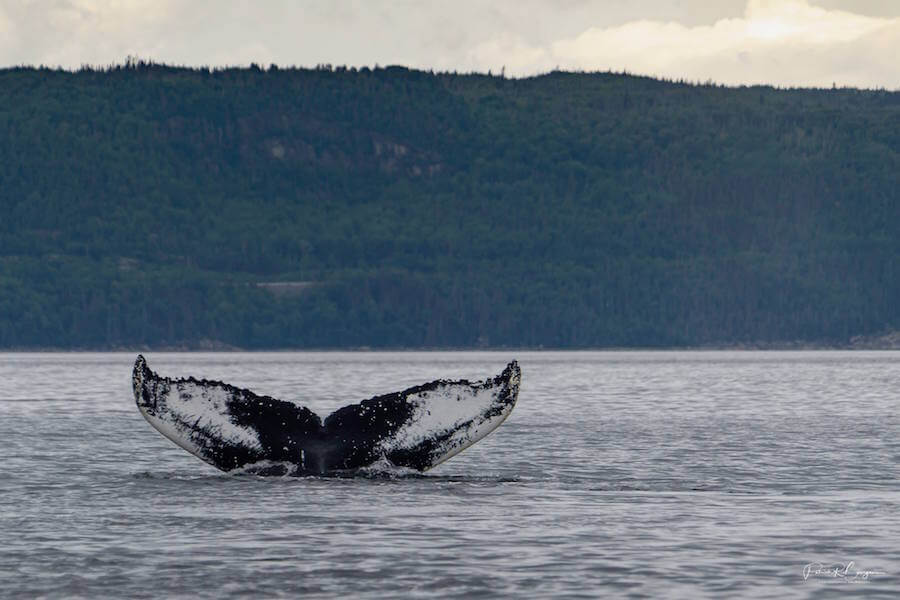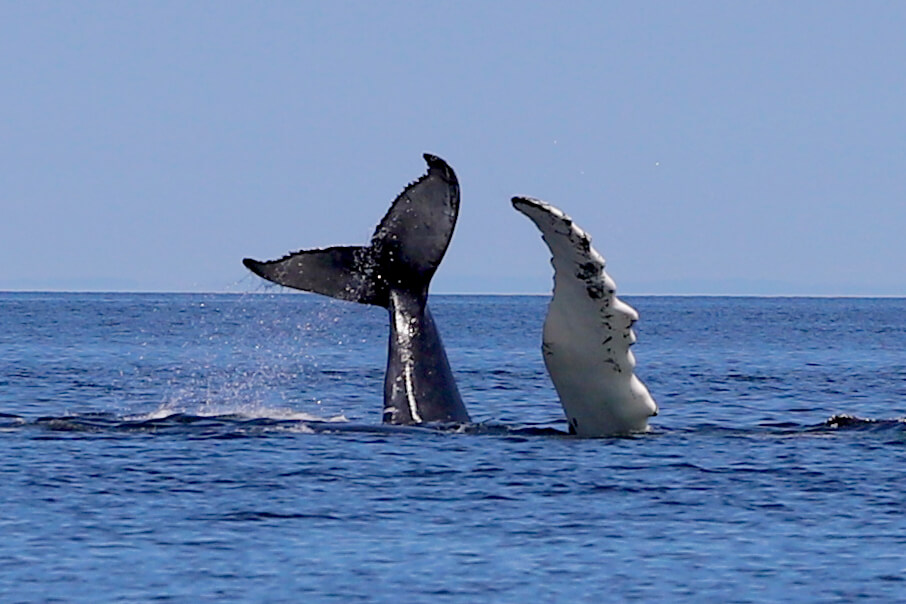As early as the 1980s, whale song research pioneer Roger Payne stated that “It is inconceivable that such rapid and complete turnover of the song material [in humpback whales] could reflect genetic [or environmental] changes.” For Payne, only cultural transmission could explain the incredible metamorphoses that whale songs undergo. Most researchers who have studied whale songs over the past 50 years agree, but not Eduardo Mercado III, who, at the end of one of his studies, borrows a quote from Inigo Montoya: “Inconceivable? You keep using that word. I do not think it means what you think it means.”
In a recent study, the cognitive science researcher at New York University at Buffalo showed that recording identical songs in separate, geographically distinct populations would undermine the theory of cultural transmission. According to him, humpback whales do not modify their songs through cultural learning, but rather according to predictable trajectories determined by certain physiological, genetic or environmentally-imposed restrictions.
The laryngeal sac: a limitation on creativity
For example, the sound-producing mechanism of humpbacks is believed to force individuals of this species to produce certain types of sound within a specific timeframe. Indeed, they are able to sing continuously for the duration of their dive, which means that air does not need to exit their body to produce sound. Rather, researchers suspect that the air passes from the lungs to a laryngeal sac – a sort of air pouch – in a back-and-forth motion that vibrates the vocal membranes and allows sound to be emitted. This is called bidirectional sound production.
To illustrate the limitations of bidirectional sound production, Mercado compares the whale’s vocal instrument to a harmonica: “When you play the harmonica, you have a certain volume of air in your lungs, and this volume determines the number of sounds you can make as you exhale before you have to take another breath. Humpback whales can produce a variety of sounds by expelling air from their lungs, but at some point they will be empty, and they will have to produce sound by drawing air [from the laryngeal sac].” This is therefore a constraint faced by humpbacks that might create a sort of “template” for sound production that individuals must conform to when they sing.
Another “template” imposed on whales is thought to be linked to how long they can stay under water before having to come back up to the surface. If their dive is short, they tend to transform their songs more rapidly than if the dive is long. On the other hand, it is not known whether individuals know how long their dive will last in advance, nor if they have control over this duration.
The whales are therefore probably a bit like jazz musicians; they always change a little something, but are constrained by the presence of a fixed structure.
Going with the flow
Physiological “templates” might therefore explain the modifications of sounds on an individual scale, but one question remains: If not through cultural transmission, how do members of the same population transform their songs in unison, simultaneously producing the same new vocalizations? “Humpbacks probably have no other choice but to modify the sounds,” Mercado explains in this regard. “I think it is the circumstances of their environment that force them to constantly adapt their singing.”
The researcher assumes that songs are more effective and can better perform their function – whatever that may be – when they are shared by an entire population, which would explain their collective and simultaneous evolution, without necessarily demonstrating the existence of cultural transmission. “Think of birds, which enjoy an obvious benefit from flocking in a V-shaped formation. They conform to a certain pattern because it is more efficient, but they haven’t necessarily learned to do this. They simply organized themselves this way. I don’t know how humpback whales benefit when they all sing the same song, but there must be one that prompts them to coordinate themselves.”
Tip of the iceberg
So what is this mysterious benefit that humpback whales derive from the individual and collective transformation of sounds? What purpose do the songs serve? What kind of information do they transmit? Do the animals have control over the changes they make to their own songs? Are these changes just nuances, like the accents of humans from different backgrounds? At the current time, all these questions remain unanswered. Mercado will continue to analyze various data over the next few years in order to get closer to his goal, which is to find out what happens inside a whale’s head when it produces a sound.
For him, there is nothing disappointing about the fact that whales might not learn the new sounds they produce through cultural transmission. “They make new sounds every year and constantly change the sounds they use. Whether it’s through learning or not, it’s still impressive, because if they continually change the sounds they use, it also means they continually change the sounds they hear. And that means they have to process new sound combinations all the time.” Their brains have to constantly adapt.
Even for humans, this adaptation is rare and difficult. Take for example the challenge of learning a new language. The change that makes it possible to learn new sounds is difficult to trigger in the brain. “In that sense, I think what humpback whales do is even more sophisticated than what most other mammals or even humans can do. The way they use sound is so flexible that despite all the transformations, it remains effective. This feat requires extraordinary cognitive abilities.”
Thus, humpback songs remain almost a complete enigma: tomorrow’s researchers wishing to unlock these mysteries will surely have their work cut out for them!









